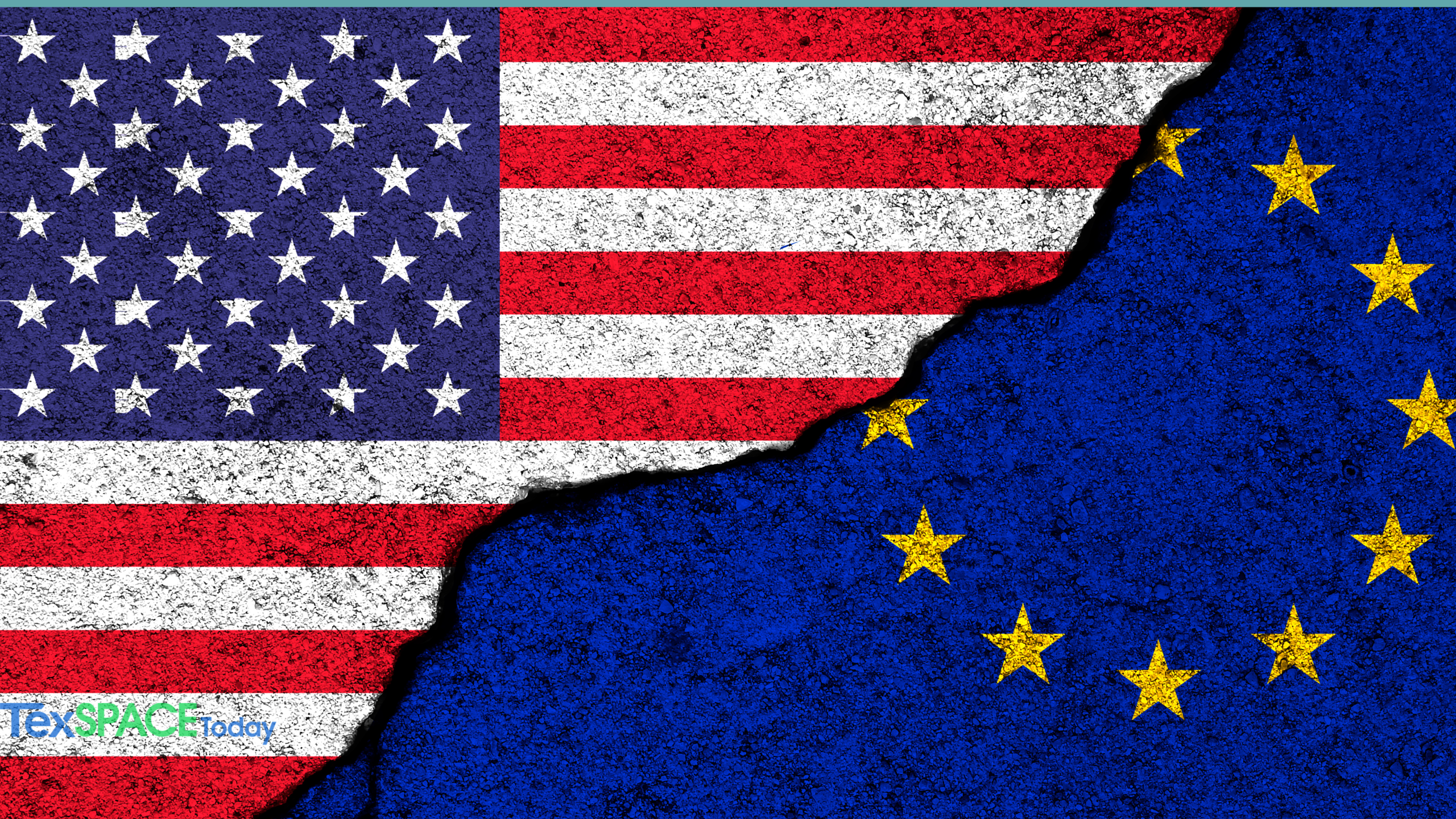US trade authorities have pulled the plug on their long-standing $800 de minimis rule, which allowed low-value products to enter duty-free. From now on, every such shipment will face a flat fee ranging between $80 and $200. Across the Atlantic, the EU is still hesitating over its own €150 threshold and is only weighing up a €2 handling fee.
For the European textile industry, this gap is more than symbolic. Recent trade data from the first half of 2025 show imports from Asian textile suppliers to the EU up by 20 percent. Industry leaders warn that Europe risks becoming a dumping ground if it fails to keep pace with Washington. The concern is that a US–China trade clash could push even more Asian products into Europe, many of them exploiting the EU’s lenient entry rules.
EURATEX, the association representing Europe’s textile and clothing industry, says the current imbalance cannot last. Director General Dirk Vantyghem has called on EU policymakers to act decisively as they return from the summer recess. His message is blunt: restore fair competition, enforce proper market checks, and make sure all players comply with the same rules.
The debate comes at a delicate moment. While the EU still defends open markets in principle, industry groups argue that open should not mean unguarded. With US tariffs rising and Asian exports surging, Brussels is under pressure to show that its trade policy can protect both fairness and stability.
